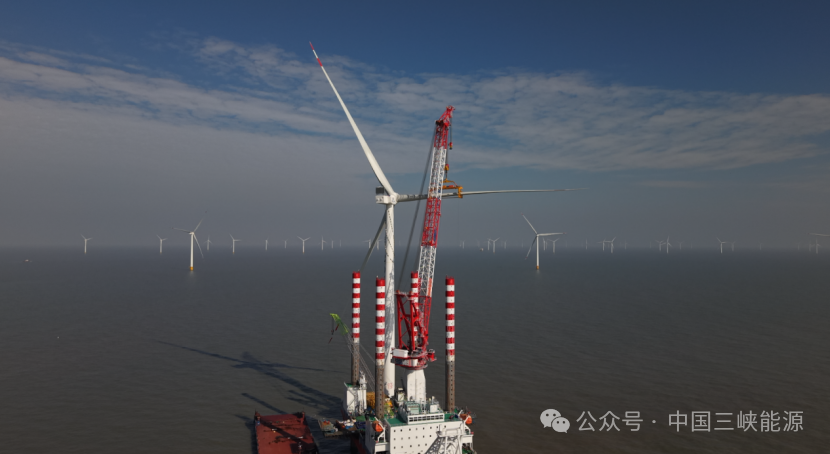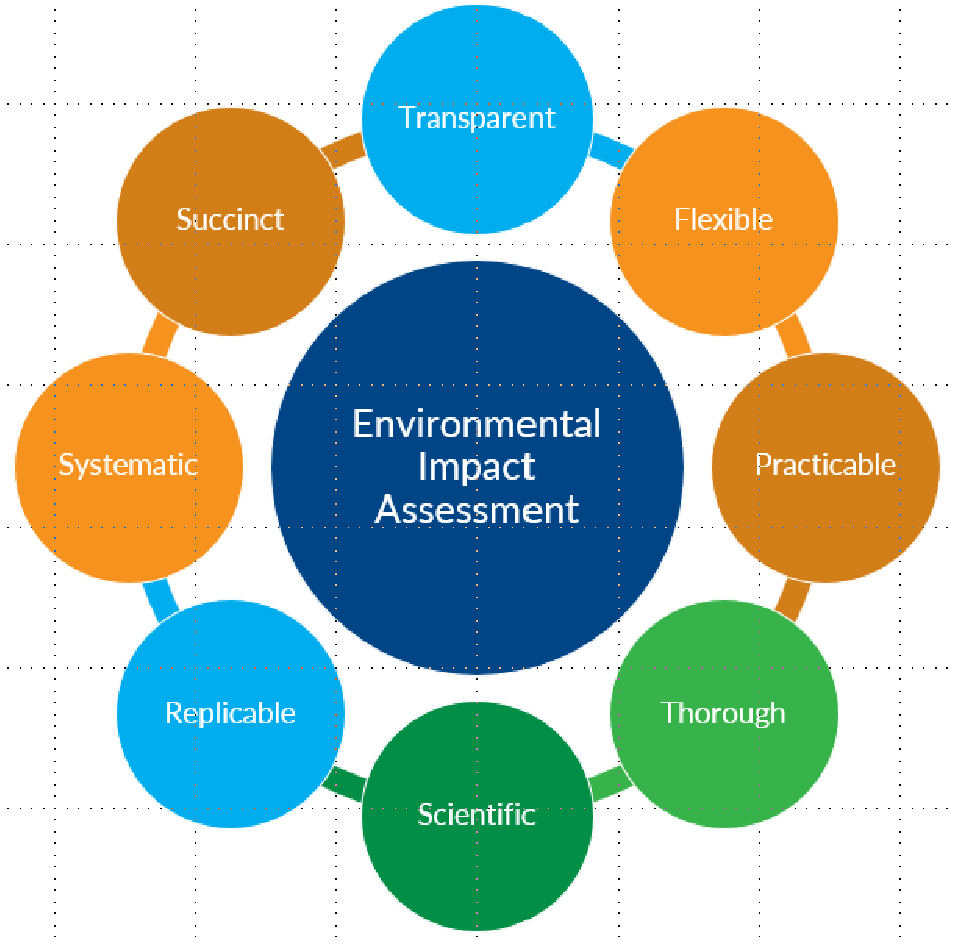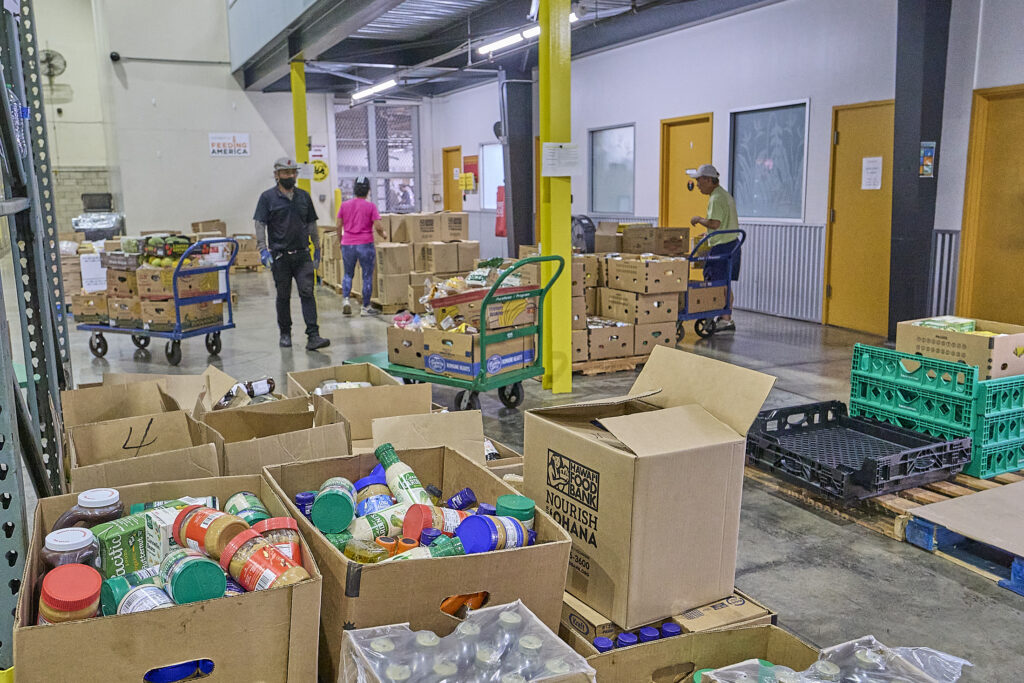Conserve and sustainably use the oceans, seas and marine resources
The UN explains: "Our oceans — their temperature, circulation, chemistry, and ecosystems — play a fundamental role in making Earth habitable.
Our rainwater, drinking water, weather, climate, coastlines, much of our food, and even the oxygen in the air we breathe, are all ultimately provided and regulated by the sea. Throughout history, oceans and seas have been vital conduits for trade and transportation. Careful management of this essential global resource is a key feature of a sustainable future."
The UN has defined 10 Targets and 10 Indicators for SDG 14. Targets specify the goals and Indicators represent the metrics by which the world aims to track whether these Targets are achieved. Below we quote the original text of all Targets and show the data on the agreed Indicators.
Target 14.1: Reduce marine pollution
UN definition: By 2025, prevent and significantly reduce marine pollution of all kinds, in particular from land-based activities, including marine debris and nutrient pollution.
Reduce marine pollution
Definition: Indicator 14.1.1 is the index of coastal eutrophication and floating plastic debris density.
Goal: Prevent and significantly reduce marine pollution of all kinds by 2025.
Unlike most SDGs, which are set for the year 2030, this indicator is targeted for 2025.
Target 14.2: Protect and restore ecosystems
UN definition: By 2020, sustainably manage and protect marine and coastal ecosystems to avoid significant adverse impacts, including by strengthening their resilience, and take action for their restoration in order to achieve healthy and productive oceans.
Protect and restore ecosystems
Definition: Indicator 14.2.1 is the proportion of national exclusive economic zones managed using ecosystem-based approaches.
Goal: Sustainably manage and protect marine and coastal ecosystems to avoid significant adverse impacts by 2020.
Unlike most SDGs, which are set for the year 2030, this indicator is targeted for 2020.
Target 14.3: Reduce ocean acidification
UN definition: Minimize and address the impacts of ocean acidification, including through enhanced scientific cooperation at all levels.
Target 14.4: Sustainable fishing
UN definition: By 2020, effectively regulate harvesting and end overfishing, illegal, unreported and unregulated fishing and destructive fishing practices and implement science-based management plans, in order to restore fish stocks in the shortest time feasible, at least to levels that can produce maximum sustainable yield as determined by their biological characteristics.
Fish stocks within sustainable levels
Definition: Indicator 14.4.1 is the proportion of fish stocks within biologically sustainable levels.
This indicator measures the proportion of global fish stocks which are overexploited, fully exploited and not fully exploited. Sustainable levels of fish stocks are those which are underexploited or fully exploited. Overexploited fish stocks are unsustainable.
A fish stock with abundance equal to or above the maximum sustainable yield (MSY) is classified as biologically sustainable. When abundance falls below the MSY level, the stock is considered biologically unsustainable.
Goal: By 2020, effectively regulate harvesting and end overfishing, illegal, unreported and unregulated fishing and destructive fishing practices and implement science-based management plans, in order to restore fish stocks in the shortest time feasible, at least to levels that can produce maximum sustainable yield.
Unlike most SDG targets, which have a target year of 2030, this indicator is set to be achieved by 2020.
More research: Further data and research on global and national fishing and seafood production can be found at the Our World in Data entry on Meat and Seafood Production & Consumption.
Target 14.5: Conserve coastal and marine areas
UN definition: By 2020, conserve at least 10 per cent of coastal and marine areas, consistent with national and international law and based on the best available scientific information.
Protected marine areas
Definition: Indicator 14.5.1 is the coverage of protected areas in relation to marine areas.
Particular marine areas — specifically those of special scientific interest and high biodiversity — are often reserved and protected within national and international law. This indicator measures the share of territorial waters which are reserved for this protection.
Goal: By 2020, conserve at least 10 per cent of coastal and marine areas, consistent with national and international law.
Unlike most SDG targets, which have a target year of 2030, this indicator is set to be achieved by 2020.
Additional charts:
Fish species threatened
Target 14.6: End subsidies contributing to overfishing
UN definition: By 2020, prohibit certain forms of fisheries subsidies which contribute to overcapacity and overfishing, eliminate subsidies that contribute to illegal, unreported and unregulated fishing and refrain from introducing new such subsidies, recognizing that appropriate and effective special and differential treatment for developing and least developed countries should be an integral part of the World Trade Organization fisheries subsidies negotiation.
Combat illegal, unreported and unregulated fishing
Definition: Indicator 14.6.1 is progress by countries in the degree of implementation of international instruments aiming to combat illegal, unreported and unregulated fishing.
Goal: Prohibit certain forms of fisheries subsidies which contribute to overcapacity and overfishing, eliminate subsidies that contribute to illegal, unreported and unregulated fishing and refrain from introducing new such subsidies by 2020.
Unlike most SDGs, which are set for the year 2030, this indicator is targeted for 2020.
Target 14.7: Increase the economic benefits from sustainable use of marine resources
UN definition: By 2030, increase the economic benefits to small island developing States and least developed countries from the sustainable use of marine resources, including through sustainable management of fisheries, aquaculture and tourism.
Income from sustainable fisheries
Definition: Indicator 14.7.1 is sustainable fisheries as a proportion of GDP.
Goal: By 2030, increase the economic benefits to small island developing States and least developed countries from the sustainable use of marine resources, including through sustainable management of fisheries, aquaculture and tourism.
Target 14.A: Increase scientific knowledge, research and technology for ocean health
UN definition: Increase scientific knowledge, develop research capacity and transfer marine technology, taking into account the Intergovernmental Oceanographic Commission Criteria and Guidelines on the Transfer of Marine Technology, in order to improve ocean health and to enhance the contribution of marine biodiversity to the development of developing countries, in particular small island developing States and least developed countries.
Target 14.B: Support small scale fishers
UN definition: Provide access for small-scale artisanal fishers to marine resources and markets.
Support small scale fishers
Definition: Indicator 14.B.1 is progress by countries in the degree of application of a legal/regulatory/policy/institutional framework which recognizes and protects access rights for small-scale fisheries.
Goal: Provide access for small-scale artisanal fishers to marine resources and markets by 2030.
More research: Further data and research on global fishery catch and production are available at the Our World in Data entry on Meat and Seafood Production & Consumption.
Additional charts:
Global wild fishery catch by sector
Target 14.C: Implement and enforce international sea law
UN definition: Enhance the conservation and sustainable use of oceans and their resources by implementing international law as reflected in the United Nations Convention on the Law of the Sea, which provides the legal framework for the conservation and sustainable use of oceans and their resources, as recalled in paragraph 158 of “The future we want”.
Implementing international sea law
Definition: Indicator 14.C.1 is the number of countries making progress in ratifying, accepting and implementing through legal, policy and institutional frameworks, ocean-related instruments that implement international law, as reflected in the United Nations Convention on the Law of the Sea.
Data for this indicator is shown here as the progress countries have made towards the ratification, accession and implementation of the United Nations Convention on the Law of the Sea (UNCLOS).
Goal: Enhance the conservation and sustainable use of oceans and their resources by implementing international law as reflected in the United Nations Convention on the Law of the Sea by 2030.



















































.jpg.webp?itok=0ZsAnae9#)













